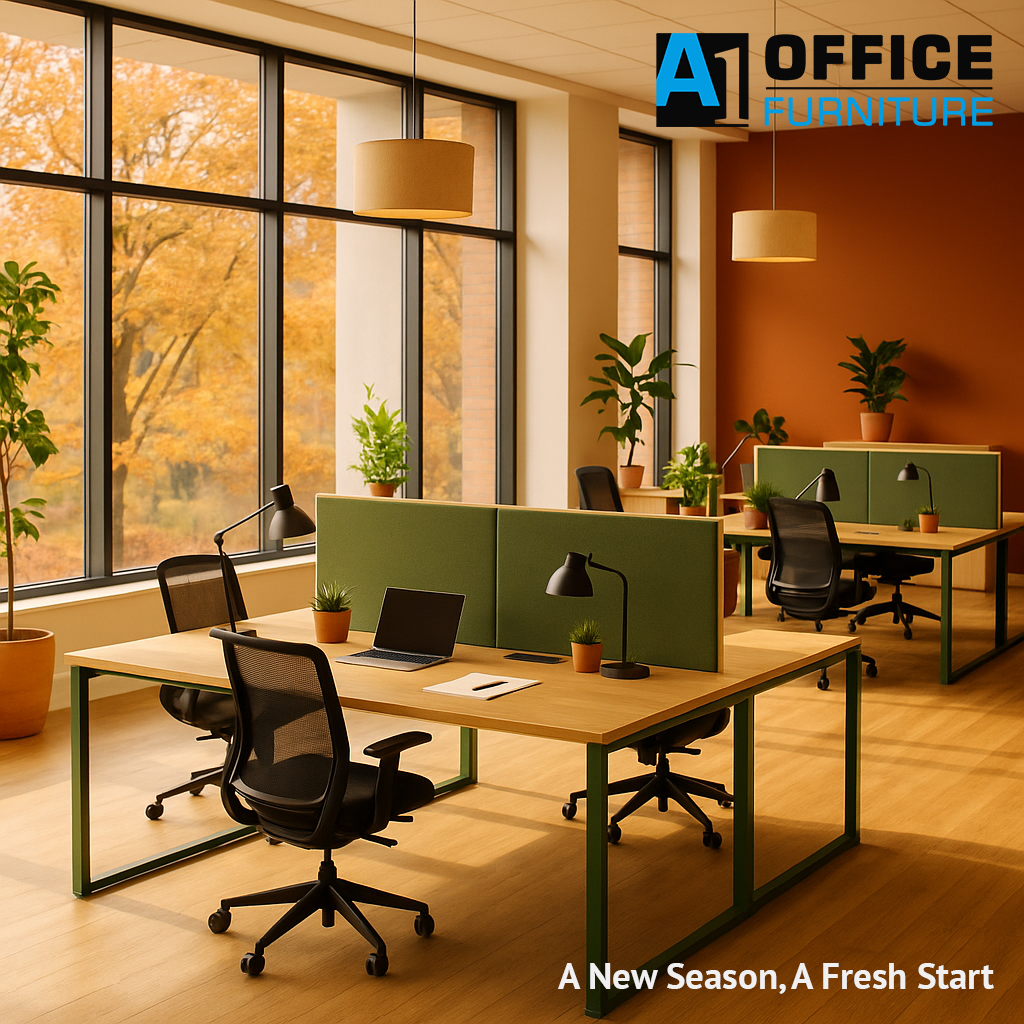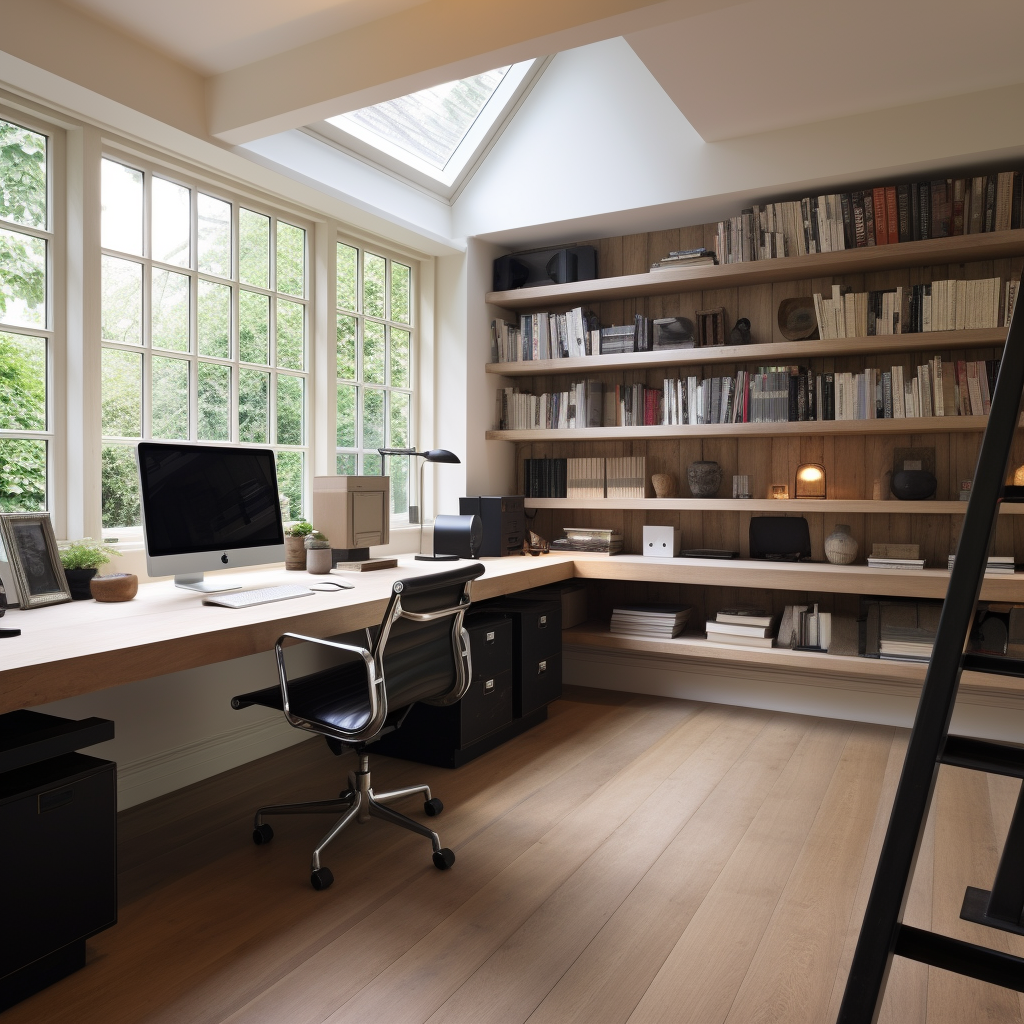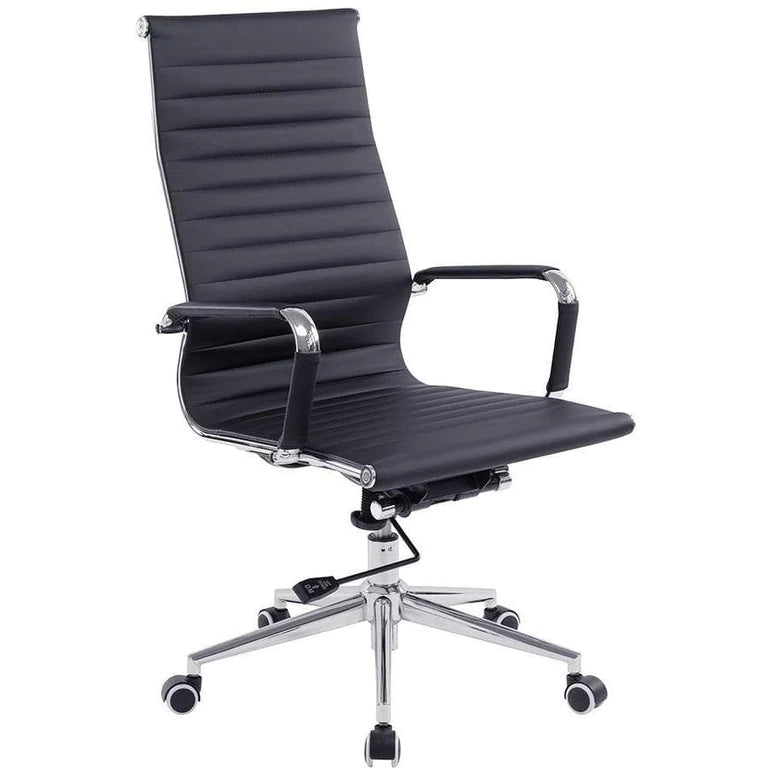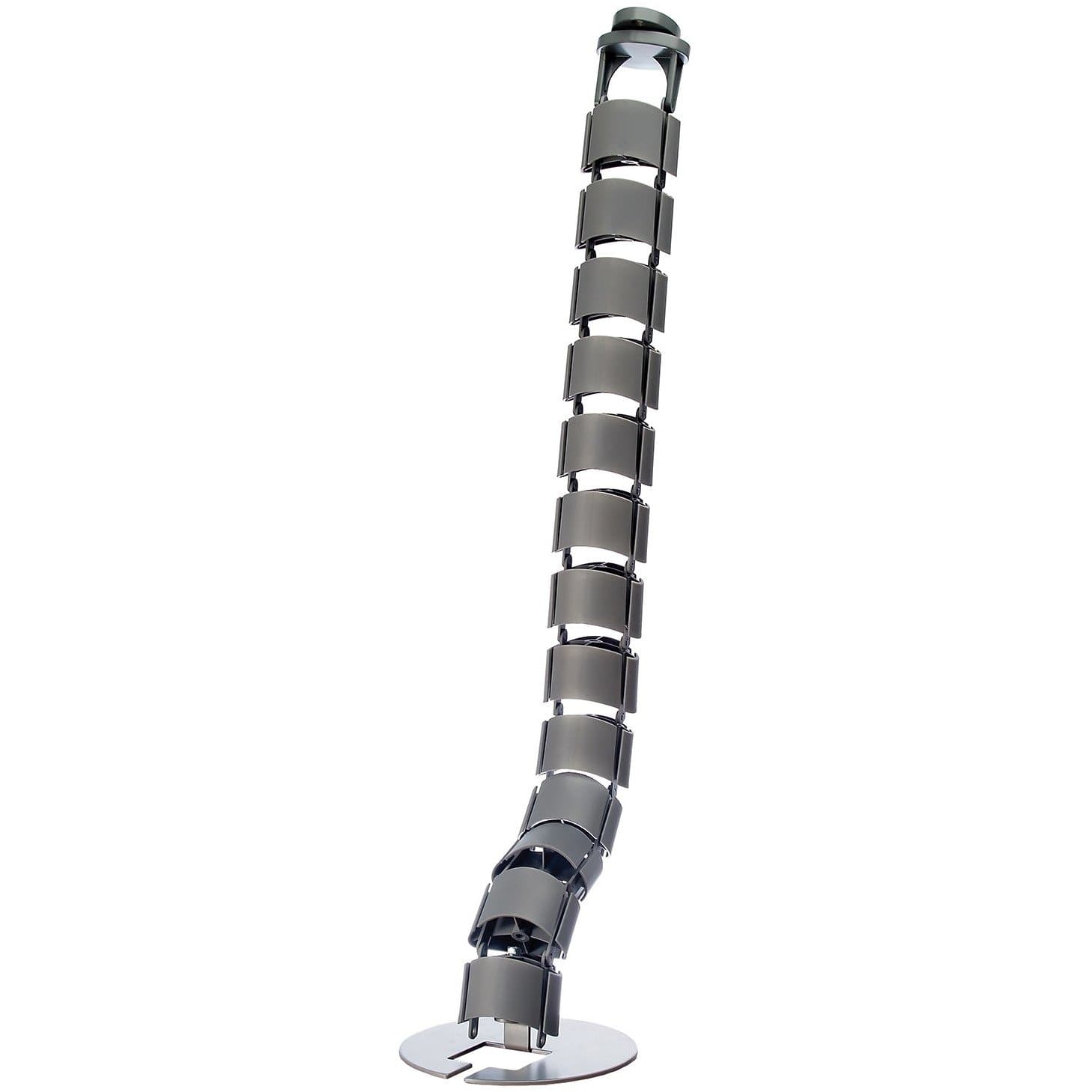
The ROI of Quality Office Furniture: A Long-Term Cost-Benefit Analysis

In the rush to cut costs and maximize profits, companies often overlook the value of investing in quality office furniture. There's a pervasive myth that spending on upscale chairs, desks, and other office essentials is a waste of resources. But is it? In this article, we delve into the long-term cost benefits of quality office furniture compared to cheaper alternatives that may require frequent replacement.
Initial Cost: The Immediate Price Tag
There's no arguing that high-quality office furniture can come with a hefty price tag. However, this initial investment often pays dividends over time. Cheaper alternatives may seem financially sensible in the short term, but they often wear out quickly, requiring frequent replacements. The cumulative cost of replacing sub-par furniture can often exceed the initial expense of purchasing high-quality options.
Durability: A Critical Factor in Longevity
Quality furniture is constructed to withstand the rigors of everyday use. Features like sturdy materials, better craftsmanship, and robust design not only ensure longevity but also provide a more comfortable and productive work environment. The resilience of quality furniture minimizes the need for replacements, translating to significant long-term savings.
Maintenance Costs: Minimal and Manageable
Low-quality furniture tends to break down more easily, leading to additional costs for repairs or modifications. In contrast, high-quality furniture often comes with warranties and is designed to be low-maintenance, saving your company from unnecessary repair costs and work disruptions.
Employee Productivity: An Intangible Yet Valuable Asset
While it's challenging to quantify the impact of furniture quality on employee productivity, there's a growing body of research suggesting that ergonomic furniture can significantly boost work output. High-quality desks and chairs can improve posture, reduce discomfort, and increase focus, ultimately contributing to higher productivity levels. This productivity boost can help offset the initial costs of premium furniture, further enhancing its return on investment (ROI).
Health Benefits: Reducing Long-Term Liabilities
Cheap, uncomfortable furniture can contribute to a host of health issues, from back pain to carpal tunnel syndrome. These health problems not only decrease employee satisfaction but also increase absenteeism and potential workers' compensation claims. Investing in ergonomic, high-quality furniture can mitigate these risks, serving as a preventative measure that can yield cost benefits in the long run.
Resale Value: The Final Consideration
Another overlooked factor when evaluating the ROI of quality office furniture is its resale value. High-quality pieces often retain a higher percentage of their original price compared to their cheaper counterparts, offering you the option of recouping some of your initial investment if you choose to sell the furniture later on.
Conclusion
When analyzed through the lens of long-term ROI, the case for investing in quality office furniture becomes compelling. Not only does premium furniture offer greater durability and lower maintenance costs, but it can also enhance employee productivity and health. Although the upfront costs may be higher, the long-term benefits make high-quality office furniture a wise financial choice for any forward-thinking business. For more insights into how office furniture can impact your work environment, be sure to read our other article, "The Comprehensive Guide to Office Furniture: Enhancing Productivity and Comfort in the Workplace."
By considering both the tangible and intangible returns, it becomes clear that high-quality furniture is an investment worth making.









